Home>Home Appliances>Home Automation Appliances>What Causes Water Heater Thermostat To Trip
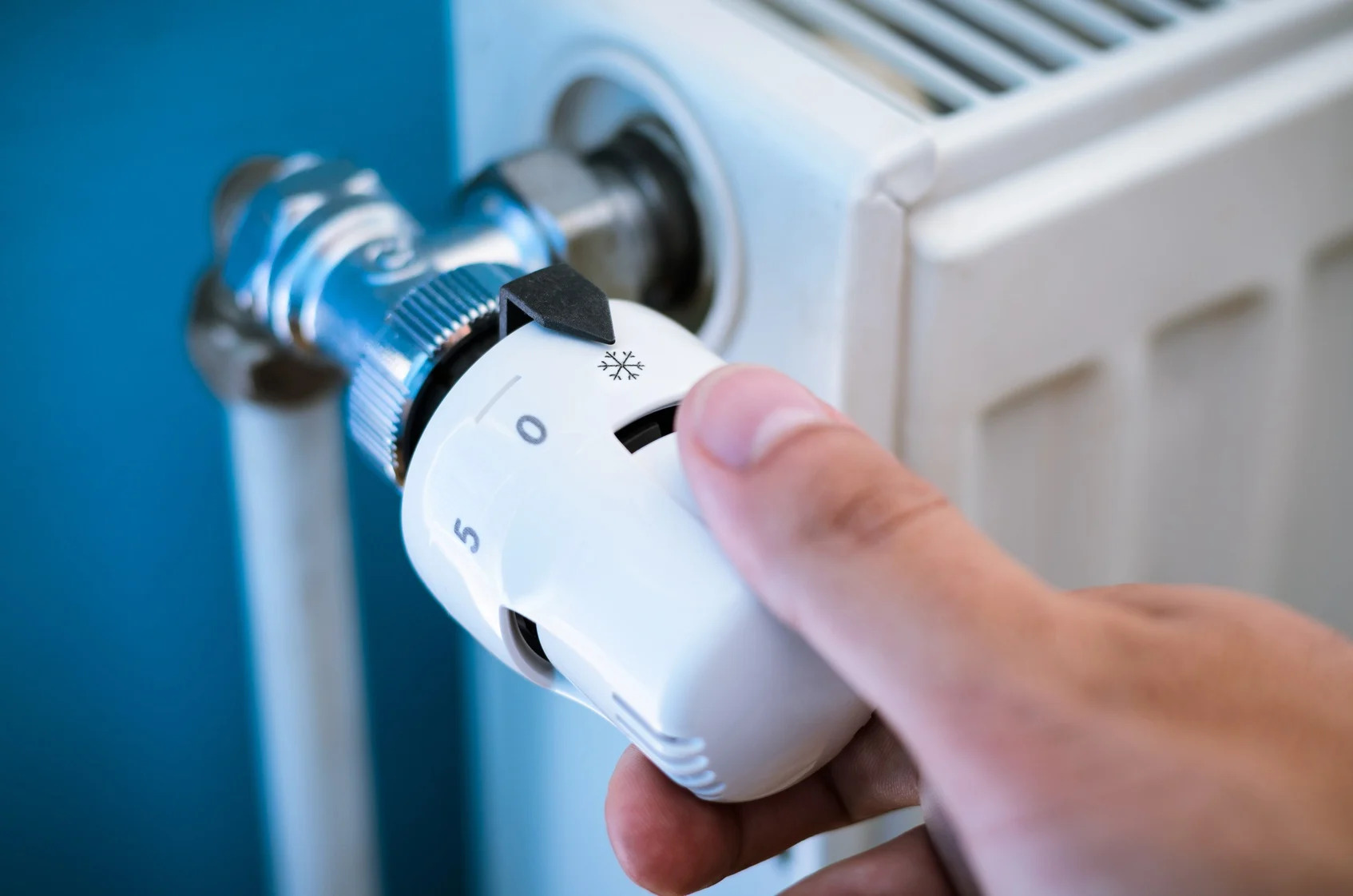

Home Automation Appliances
What Causes Water Heater Thermostat To Trip
Modified: February 27, 2024
Learn about the causes of water heater thermostat tripping and how to troubleshoot it at home. Get expert tips on home automation appliances.
(Many of the links in this article redirect to a specific reviewed product. Your purchase of these products through affiliate links helps to generate commission for Storables.com, at no extra cost. Learn more)
Introduction
When it comes to the comfort and convenience of modern living, few appliances are as essential as the water heater. It ensures that we have access to hot water for bathing, cleaning, and various household tasks. However, like any complex system, a water heater can experience issues that disrupt its normal operation. One common problem that homeowners may encounter is the tripping of the water heater thermostat.
Understanding the causes of a tripped water heater thermostat is crucial for maintaining the optimal functioning of this appliance. In this comprehensive guide, we will delve into the inner workings of water heater thermostats, explore the common reasons behind their tripping, and provide practical solutions for resetting them. By gaining a deeper understanding of this vital component, homeowners can effectively troubleshoot issues and ensure that their water heaters continue to deliver reliable performance.
Join us as we unravel the mysteries of water heater thermostats and learn how to address the factors that can cause them to trip. Whether you are a seasoned homeowner or a first-time water heater owner, this guide will equip you with the knowledge needed to keep your water heater running smoothly. Let's embark on this enlightening journey to uncover the secrets of water heater thermostat tripping.
Key Takeaways:
- Overheating, sediment buildup, electrical issues, and thermostat malfunction can cause a water heater thermostat to trip, disrupting hot water supply. Regular maintenance and resetting the thermostat can help address these issues.
- Resetting a tripped water heater thermostat involves turning off the power, identifying the tripped thermostat, resetting it, restoring power, and addressing underlying issues. Safety precautions and proactive measures are essential for maintaining the water heater’s performance.
Read more: What Causes HVAC Breaker To Trip
Understanding Water Heater Thermostats
Water heater thermostats play a pivotal role in regulating the temperature of the water stored in the tank. These devices are responsible for maintaining the set temperature, ensuring that hot water is readily available for household use. Most conventional water heaters feature two thermostats: one at the top and another at the bottom of the tank. The upper thermostat controls the upper heating element, while the lower thermostat manages the lower heating element.
These thermostats work in tandem to monitor and adjust the water temperature. When the water temperature drops below the preset level, the thermostats signal the heating elements to activate and raise the temperature back to the desired range. Once the water reaches the set temperature, the thermostats deactivate the heating elements to prevent overheating.
It is important to note that water heater thermostats are designed to operate within a specific temperature range, typically between 120 to 140 degrees Fahrenheit (49 to 60 degrees Celsius). This range is considered ideal for domestic hot water usage while minimizing the risk of scalding. Additionally, some thermostats feature a high-temperature limit switch, which serves as a safety mechanism to prevent the water from reaching excessively high temperatures.
By effectively managing the heating elements based on the water temperature, the thermostats ensure energy-efficient operation and consistent hot water supply. Understanding the function and significance of these components is essential for diagnosing issues related to water heater thermostat tripping. Now that we have gained insight into the role of water heater thermostats, let’s explore the common factors that can lead to their tripping.
Common Causes of Water Heater Thermostat Tripping
Water heater thermostat tripping can be attributed to various factors, ranging from overheating to electrical malfunctions. Identifying the root cause of the tripped thermostat is crucial for implementing the appropriate remedy. Below are some of the common reasons behind water heater thermostat tripping:
Overheating
One prevalent cause of thermostat tripping is overheating. When the water heater operates at excessively high temperatures, the thermostat may trip as a protective measure to prevent scalding and potential damage to the unit. Overheating can result from a malfunctioning thermostat, a faulty high-temperature limit switch, or a buildup of sediment in the tank, which insulates the water and causes it to retain more heat than intended.
Sediment Buildup
Accumulation of sediment in the water heater tank can lead to thermostat tripping. Over time, minerals and debris present in the water supply settle at the bottom of the tank, forming a layer of sediment. This insulating layer impedes the transfer of heat from the heating elements to the water, causing the thermostat to inaccurately assess the water temperature. As a result, the thermostat may trip due to the disparity between the actual water temperature and the temperature it perceives.
Read more: What Causes A Surge Protector To Trip
Electrical Issues
Electrical problems, such as damaged wiring, loose connections, or a malfunctioning heating element, can trigger thermostat tripping. Faulty electrical components can disrupt the communication between the thermostat and the heating elements, leading to erratic temperature regulation and subsequent tripping. Additionally, power surges or fluctuations in the electrical supply can impact the functioning of the thermostat, causing it to trip unexpectedly.
Thermostat Malfunction
A malfunctioning thermostat itself can be the primary cause of tripping. Whether due to wear and tear, calibration issues, or internal defects, a faulty thermostat may inaccurately read the water temperature or fail to communicate effectively with the heating elements. This can result in frequent thermostat tripping and inconsistent hot water production.
By recognizing these common causes of water heater thermostat tripping, homeowners can take proactive measures to address these issues and restore the optimal operation of their water heaters. In the subsequent sections, we will delve into the specific steps for resetting a tripped water heater thermostat, offering practical solutions for resolving these common issues.
Overheating
Overheating is a prevalent issue that can lead to the tripping of a water heater thermostat. When a water heater operates at excessively high temperatures, it poses risks such as scalding, increased energy consumption, and potential damage to the unit. Understanding the factors that contribute to overheating is essential for effectively addressing this issue and ensuring the safe and efficient operation of the water heater.
Common Causes of Overheating
Several factors can contribute to the overheating of a water heater, ultimately leading to thermostat tripping. These causes include:
- Malfunctioning Thermostat: A malfunctioning thermostat can inaccurately assess the water temperature, leading to prolonged heating and potential overheating. Whether due to wear and tear, calibration issues, or internal defects, a faulty thermostat can compromise the safe operation of the water heater.
- Faulty High-Temperature Limit Switch: The high-temperature limit switch serves as a safety mechanism to prevent the water from reaching excessively high temperatures. If this component malfunctions, it can result in uncontrolled heating and overheating of the water, prompting the thermostat to trip as a protective measure.
- Sediment Buildup: Accumulation of sediment in the water heater tank can insulate the water, causing it to retain more heat than intended. This can lead to overheating as the heating elements continue to operate to reach the set temperature, triggering the thermostat to trip.
Read more: How To Check Thermostat On Water Heater
Impact of Overheating
Overheating not only compromises the safety and efficiency of the water heater but also poses potential hazards to household members. Excessively hot water increases the risk of scalding, especially for young children and the elderly. Moreover, prolonged overheating can accelerate the deterioration of the water heater components, leading to premature wear and reduced lifespan of the appliance.
Addressing Overheating
To address the issue of overheating and prevent thermostat tripping, homeowners can take several proactive measures:
- Regular Maintenance: Implementing a routine maintenance schedule, including flushing the water heater to remove sediment and inspecting the thermostat and high-temperature limit switch, can help prevent overheating.
- Thermostat Replacement: If a faulty thermostat is identified as the cause of overheating, replacing the component with a new, accurately calibrated thermostat can restore proper temperature regulation.
- Sediment Removal: Periodically flushing the water heater to remove sediment buildup can improve heat transfer efficiency and mitigate the risk of overheating.
By addressing the causes of overheating and taking proactive maintenance measures, homeowners can safeguard their water heaters against excessive temperatures and mitigate the risk of thermostat tripping. In the subsequent sections, we will explore additional factors that can lead to water heater thermostat tripping and provide practical solutions for resolving these issues.
Sediment Buildup
Sediment buildup in a water heater tank is a common issue that can lead to thermostat tripping and hinder the efficient operation of the appliance. Over time, minerals, debris, and other impurities present in the water supply settle at the bottom of the tank, forming a layer of sediment. This accumulation can impede the transfer of heat from the heating elements to the water, resulting in inaccurate temperature readings and potential overheating. Understanding the impact of sediment buildup and implementing effective measures to address this issue is crucial for maintaining the optimal performance of the water heater.
Effects of Sediment Buildup
The presence of sediment in the water heater tank can have several adverse effects, including:
- Reduced Heat Transfer: The insulating layer of sediment at the bottom of the tank inhibits the efficient transfer of heat from the heating elements to the water, leading to prolonged heating cycles and potential overheating.
- Inaccurate Temperature Readings: As the sediment insulates the water, the thermostat may inaccurately assess the water temperature, causing it to trip due to the disparity between the perceived and actual temperatures.
- Decreased Efficiency: Sediment buildup can diminish the energy efficiency of the water heater, resulting in increased energy consumption and higher utility costs.
Preventing and Addressing Sediment Buildup
To mitigate the impact of sediment buildup and prevent thermostat tripping, homeowners can take the following proactive measures:
- Flushing the Water Heater: Periodically flushing the water heater to remove sediment and debris from the tank is an effective preventive measure. This process involves draining the tank to expel the accumulated sediment, improving heat transfer efficiency and reducing the risk of overheating.
- Installing a Sediment Filter: Consider installing a sediment filter in the water supply line to the water heater. This filter can help trap impurities and prevent them from settling in the tank, reducing the likelihood of sediment buildup.
- Maintaining a Clean Water Supply: Utilizing a water softener or filtration system to ensure a clean water supply can minimize the introduction of minerals and impurities that contribute to sediment accumulation.
By implementing these preventive measures and addressing sediment buildup, homeowners can maintain the efficiency and reliability of their water heaters while reducing the risk of thermostat tripping. In the subsequent sections, we will explore additional factors that can lead to water heater thermostat tripping and provide practical solutions for resolving these issues.
Electrical Issues
Electrical issues can significantly impact the proper functioning of a water heater, potentially leading to thermostat tripping and operational disruptions. The electrical components of a water heater, including the wiring, heating elements, and connections, play a crucial role in regulating the heating process and maintaining the desired water temperature. Understanding the potential electrical problems and their effects on the water heater is essential for diagnosing and addressing issues related to thermostat tripping.
Potential Electrical Problems
Several electrical issues can contribute to thermostat tripping and compromise the performance of the water heater. These problems include:
- Wiring Damage: Physical damage to the electrical wiring within the water heater can disrupt the flow of current to the heating elements, leading to erratic temperature regulation and potential thermostat tripping.
- Loose Connections: Loose or corroded electrical connections can impede the transmission of signals between the thermostat and the heating elements, resulting in inconsistent heating and potential malfunctions.
- Heating Element Malfunction: A malfunctioning heating element, whether due to wear and tear or internal defects, can lead to inadequate heat output or uncontrolled heating, triggering thermostat tripping.
- Power Fluctuations: Variations in the electrical supply, such as power surges or fluctuations, can impact the operation of the water heater, causing the thermostat to trip unexpectedly.
Effects of Electrical Issues
Electrical problems within the water heater can have various detrimental effects, including:
- Inconsistent Heating: Malfunctions in the electrical components can lead to erratic temperature regulation and inconsistent heating, resulting in inadequate hot water supply and potential thermostat tripping.
- Energy Inefficiency: Electrical issues can compromise the energy efficiency of the water heater, leading to increased energy consumption and higher utility costs.
- Risk of Component Damage: Prolonged electrical malfunctions can contribute to the deterioration of the heating elements and other electrical components, reducing the lifespan of the water heater.
Read more: How To Reset Rheem Water Heater Thermostat
Addressing Electrical Problems
To address electrical issues and prevent thermostat tripping, homeowners can take the following measures:
- Professional Inspection and Repair: Engage a qualified electrician or HVAC technician to inspect the electrical components of the water heater, identify any issues, and perform necessary repairs or replacements.
- Regular Maintenance: Implement a regular maintenance schedule to check the wiring, connections, and heating elements for signs of damage or wear, addressing any issues promptly to prevent operational disruptions.
- Surge Protection: Consider installing surge protection devices to safeguard the water heater from electrical fluctuations and minimize the risk of thermostat tripping due to power surges.
By addressing electrical problems and ensuring the integrity of the electrical components, homeowners can maintain the reliable operation of their water heaters and mitigate the risk of thermostat tripping. In the subsequent sections, we will explore additional factors that can lead to water heater thermostat tripping and provide practical solutions for resolving these issues.
Thermostat Malfunction
A malfunctioning thermostat is a common culprit behind water heater operational issues and can lead to thermostat tripping, disrupting the consistent supply of hot water. The thermostat serves as the central control mechanism for regulating the water temperature within the tank, and any malfunction or inaccuracy in its operation can result in inadequate heating or overheating. Understanding the potential causes and effects of thermostat malfunction is essential for diagnosing and addressing this issue effectively.
Potential Causes of Thermostat Malfunction
Thermostat malfunction can stem from various factors, including:
- Wear and Tear: Over time, the internal components of the thermostat may experience wear and degradation, leading to calibration issues, inaccurate temperature readings, and potential tripping.
- Calibration Errors: Incorrect calibration of the thermostat can result in inaccurate temperature assessment, causing the heating elements to operate inefficiently and potentially leading to overheating or inadequate heating.
- Internal Defects: Internal electrical or mechanical defects within the thermostat can disrupt its operation, leading to erratic temperature regulation and potential operational disruptions.
Effects of Thermostat Malfunction
Malfunctioning thermostats can have a range of adverse effects on the water heater’s operation, including:
- Inaccurate Temperature Regulation: A malfunctioning thermostat may inaccurately assess the water temperature, leading to inadequate heating or overheating, and triggering thermostat tripping as a protective measure.
- Inconsistent Hot Water Supply: Erratic thermostat operation can result in inconsistent hot water production, impacting the convenience and comfort of household activities such as bathing and cleaning.
- Energy Inefficiency: Inaccurate thermostat operation can lead to prolonged heating cycles, increased energy consumption, and higher utility costs.
Addressing Thermostat Malfunction
To address thermostat malfunction and prevent operational disruptions, homeowners can take the following measures:
- Thermostat Replacement: If a malfunctioning thermostat is identified as the cause of operational issues and thermostat tripping, replacing the component with a new, accurately calibrated thermostat can restore proper temperature regulation.
- Professional Inspection: Engage a qualified HVAC technician to inspect the thermostat, identify any calibration errors or internal defects, and perform necessary repairs or replacements.
- Regular Monitoring: Monitor the thermostat’s operation and the water heater’s performance, promptly addressing any irregularities or malfunctions to prevent operational disruptions.
By addressing thermostat malfunction and ensuring the accurate operation of this crucial component, homeowners can maintain the reliable performance of their water heaters and mitigate the risk of thermostat tripping. In the subsequent sections, we will explore the specific steps for resetting a tripped water heater thermostat, offering practical solutions for resolving these common issues.
How to Reset a Tripped Water Heater Thermostat
When a water heater thermostat trips, it indicates an underlying issue that requires attention. Resetting the thermostat is a crucial step in troubleshooting the problem and restoring the proper operation of the water heater. By following the appropriate reset procedure, homeowners can address common issues that lead to thermostat tripping and ensure the consistent supply of hot water. Below are the essential steps to reset a tripped water heater thermostat:
1. Turn Off the Power
Prior to resetting the thermostat, it is essential to turn off the power supply to the water heater. Locate the circuit breaker or the dedicated power switch for the water heater and switch it off to ensure that the unit is not receiving electrical power during the reset process. Safety precautions should always be observed when working with electrical appliances.
2. Identify the Tripped Thermostat
Locate the thermostat panel or cover on the water heater. Depending on the model, the thermostat may be concealed behind a panel that can be removed to access the control settings. Identify the tripped thermostat, which may be indicated by a visible reset button or a status light that signals an interruption in operation.
Read also: 15 Amazing Water Heater Thermostat for 2024
3. Reset the Thermostat
Once the tripped thermostat is identified, press the reset button if it is present. This action will reset the thermostat and allow it to resume normal operation. If the thermostat does not have a reset button, carefully follow the manufacturer’s instructions for resetting the device, which may involve adjusting the temperature settings or cycling the power to the unit.
4. Restore Power and Monitor Operation
After resetting the thermostat, restore the power supply to the water heater by switching on the circuit breaker or power switch. Monitor the operation of the water heater to ensure that it resumes normal heating cycles and maintains the desired water temperature. Observe the unit for any signs of irregular operation or further tripping.
5. Address Underlying Issues
If the thermostat continues to trip after the reset, it is crucial to address the underlying issues that may be contributing to the problem. Consider factors such as sediment buildup, overheating, electrical issues, or thermostat malfunction, and take appropriate measures to resolve these issues. Engaging a qualified HVAC technician for professional inspection and repairs may be necessary to diagnose and address complex issues.
By following these steps to reset a tripped water heater thermostat and addressing any underlying issues, homeowners can effectively troubleshoot common problems and restore the reliable operation of their water heaters. Regular maintenance and proactive measures can help prevent thermostat tripping and ensure the long-term performance of the appliance.
With these practical solutions, homeowners can navigate the process of resetting a tripped water heater thermostat with confidence, safeguarding the continuous supply of hot water for their household needs.
Conclusion
In the realm of home appliances, the water heater stands as a cornerstone of modern comfort, providing a consistent supply of hot water for various domestic tasks. However, the occurrence of a tripped water heater thermostat can disrupt this essential function, prompting the need for troubleshooting and resolution. By gaining a deeper understanding of the common causes of thermostat tripping and the necessary steps for resetting the thermostat, homeowners can effectively address these issues and maintain the optimal performance of their water heaters.
From overheating and sediment buildup to electrical issues and thermostat malfunction, a range of factors can contribute to thermostat tripping, impacting the consistent heating of water and the energy efficiency of the appliance. By recognizing these potential issues and implementing proactive measures such as regular maintenance, sediment removal, and professional inspections, homeowners can mitigate the risk of thermostat tripping and ensure the reliable operation of their water heaters.
Resetting a tripped water heater thermostat involves a systematic approach, encompassing the identification of the tripped thermostat, the reset procedure, and the subsequent monitoring of the appliance’s operation. By following these steps and addressing any underlying issues contributing to the thermostat tripping, homeowners can restore the consistent supply of hot water and prevent operational disruptions.
It is essential to emphasize the importance of safety precautions when working with electrical appliances, including the proper isolation of power sources and adherence to manufacturer’s instructions for reset procedures. Engaging qualified professionals for complex issues and regular maintenance can further enhance the longevity and efficiency of the water heater.
As homeowners navigate the process of resetting a tripped water heater thermostat and addressing potential causes of thermostat tripping, they are empowered to maintain the comfort and convenience of their households while ensuring the efficient operation of this indispensable appliance. By staying informed and proactive, homeowners can effectively troubleshoot thermostat tripping and safeguard the continuous supply of hot water for their everyday needs.
With these insights and practical solutions at their disposal, homeowners can confidently navigate the challenges of water heater thermostat tripping, ensuring the seamless performance of this vital home appliance.
Frequently Asked Questions about What Causes Water Heater Thermostat To Trip
Was this page helpful?
At Storables.com, we guarantee accurate and reliable information. Our content, validated by Expert Board Contributors, is crafted following stringent Editorial Policies. We're committed to providing you with well-researched, expert-backed insights for all your informational needs.
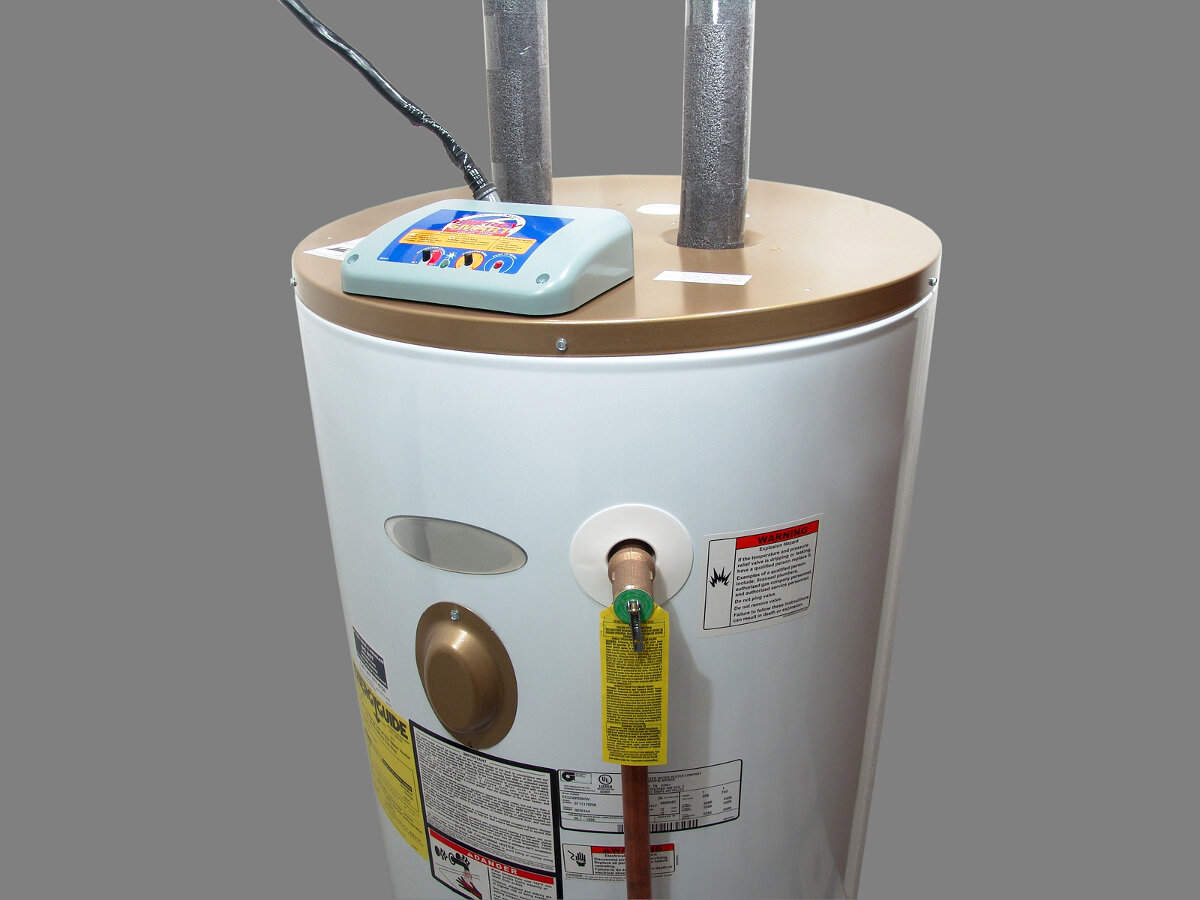
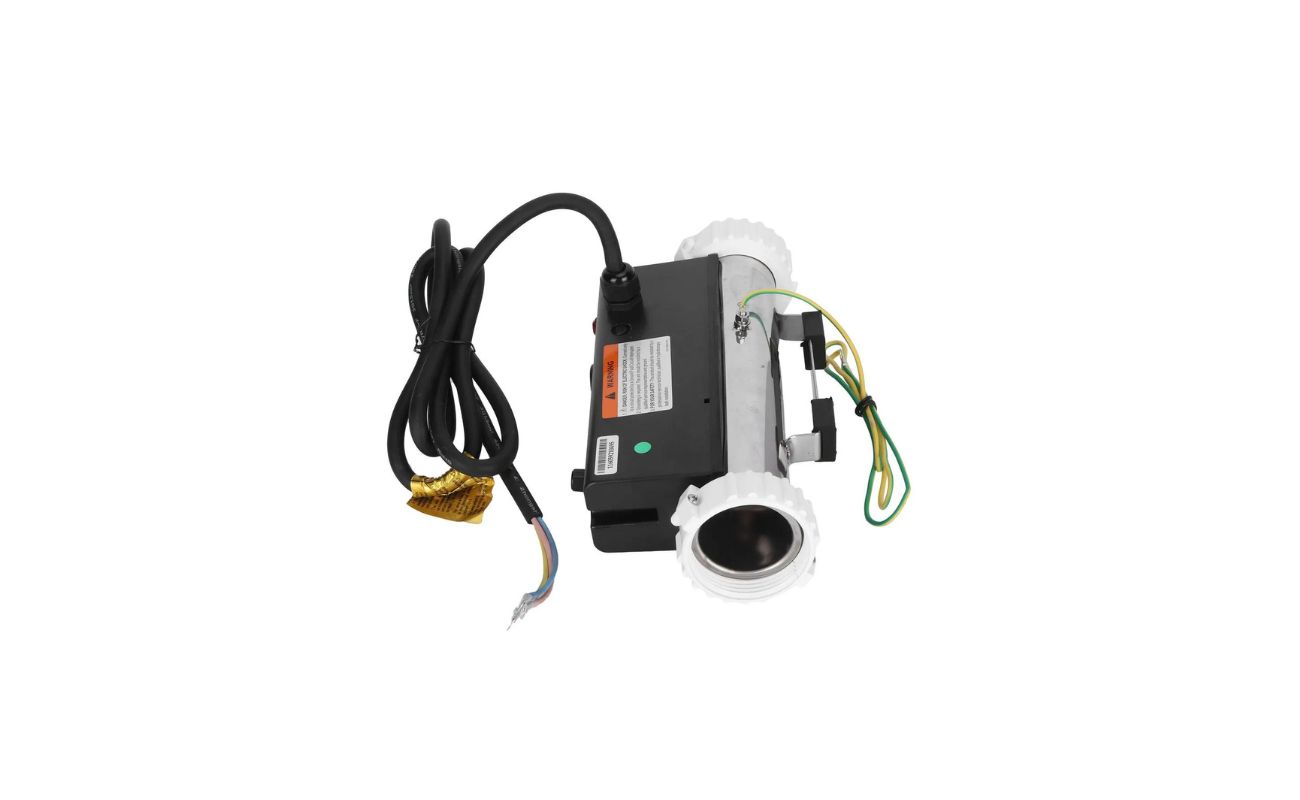
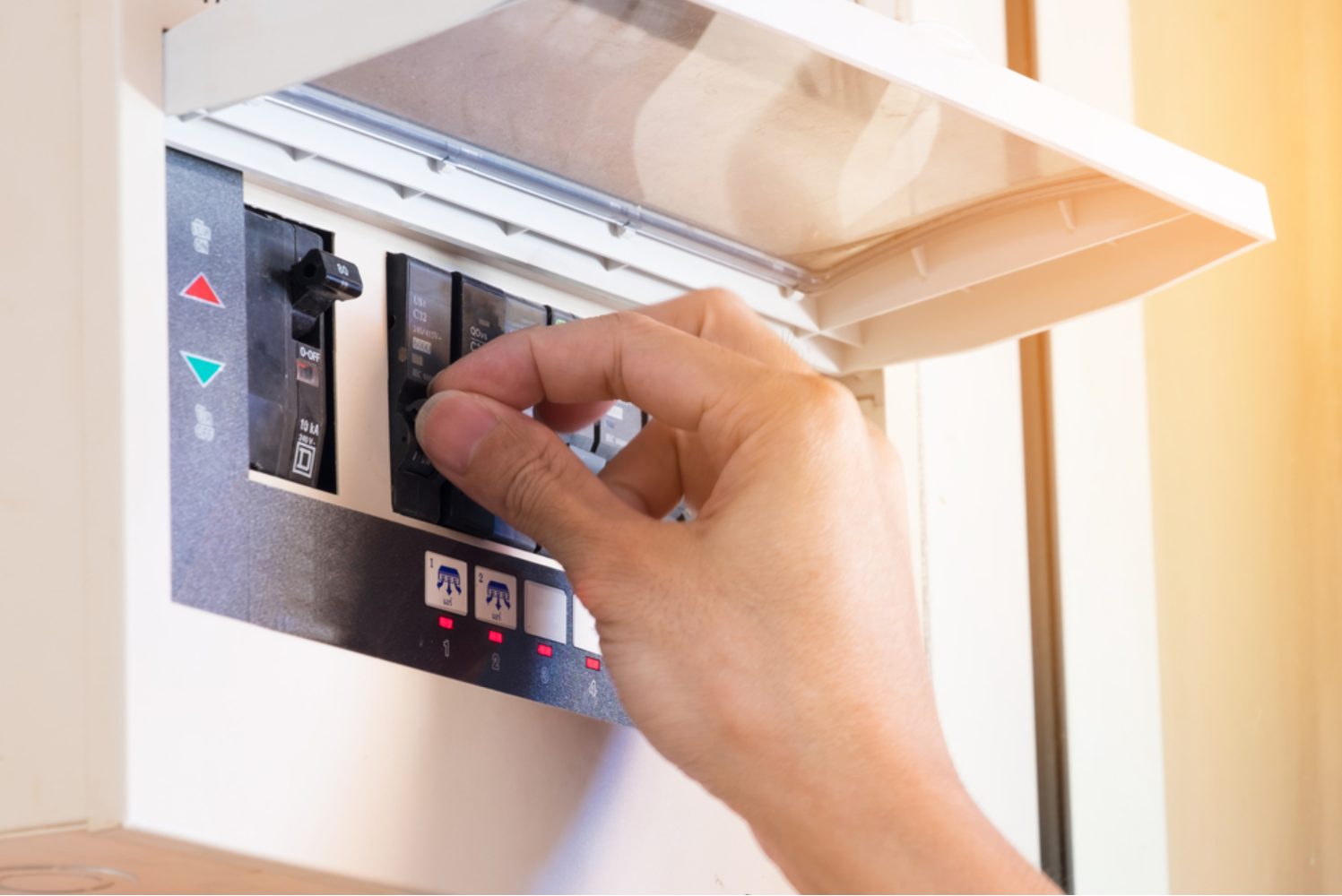
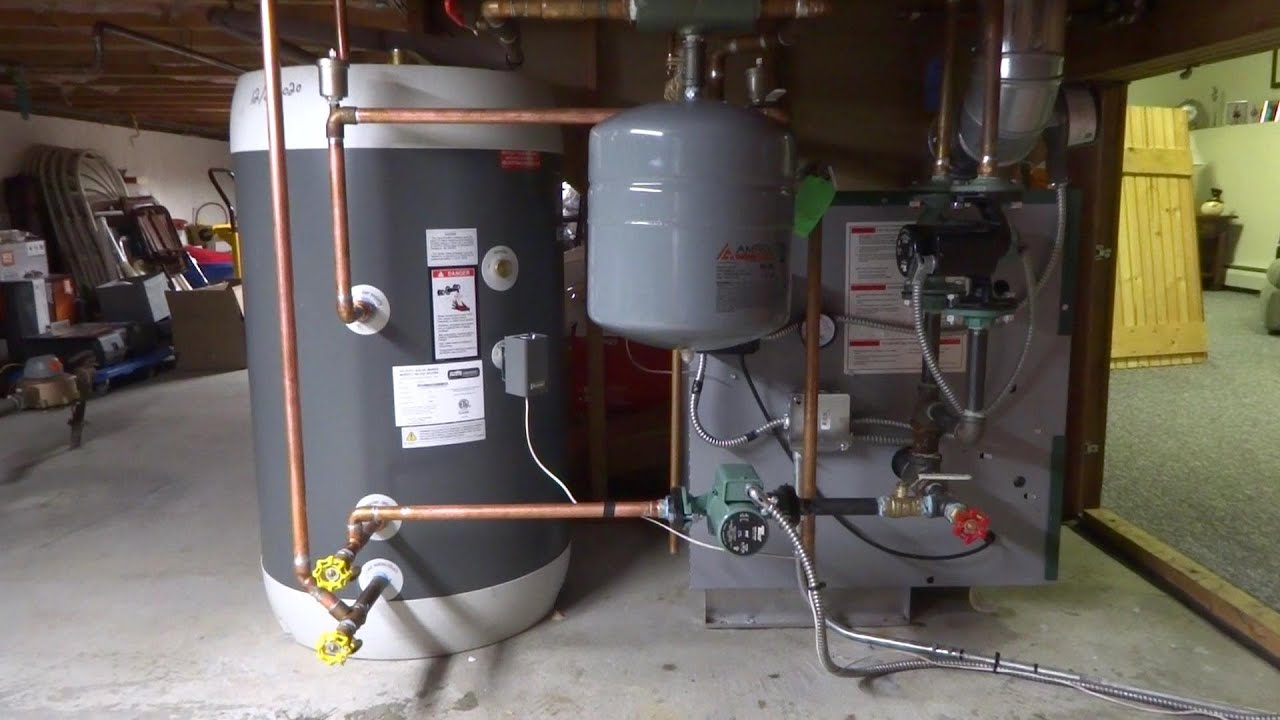
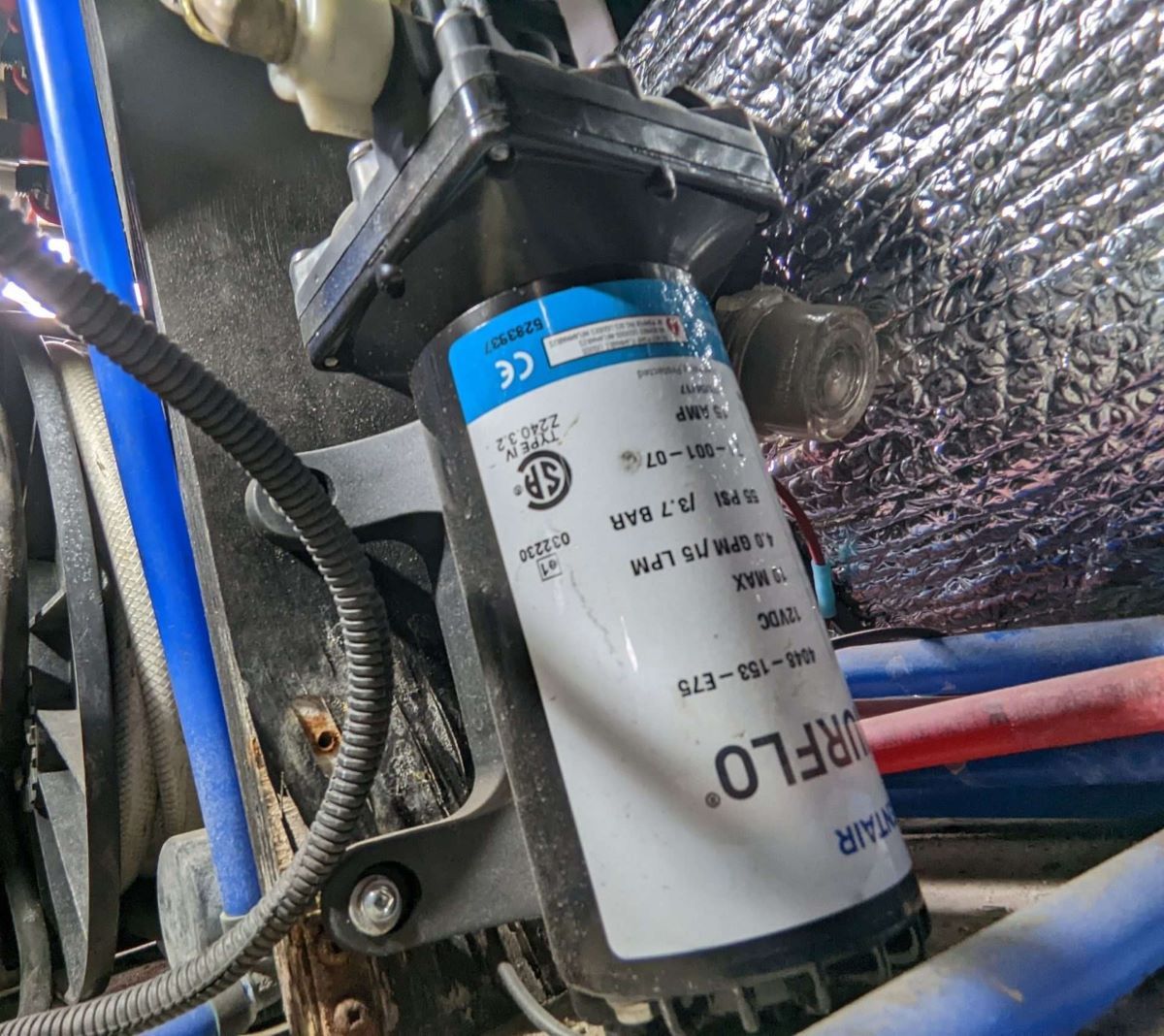
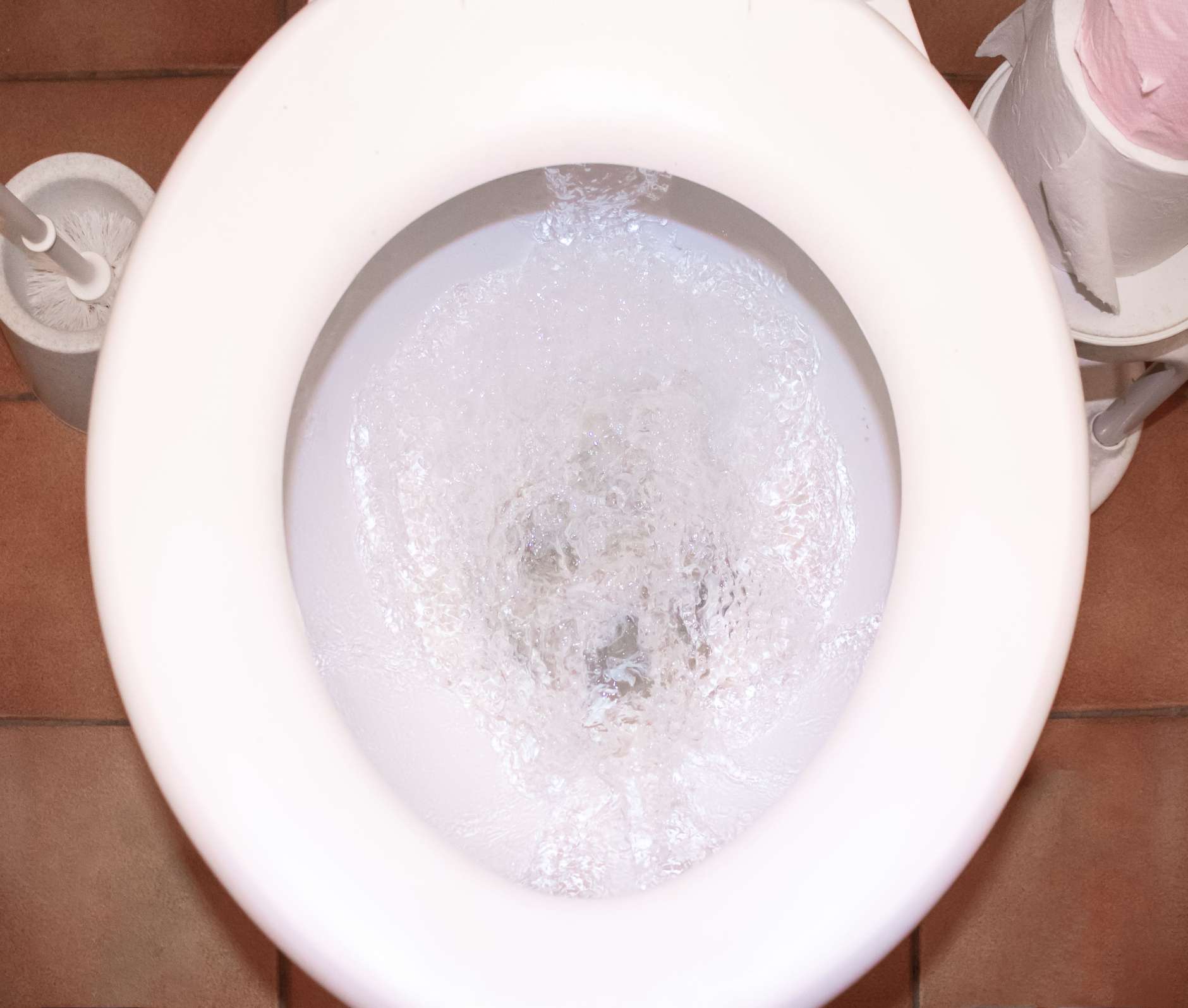
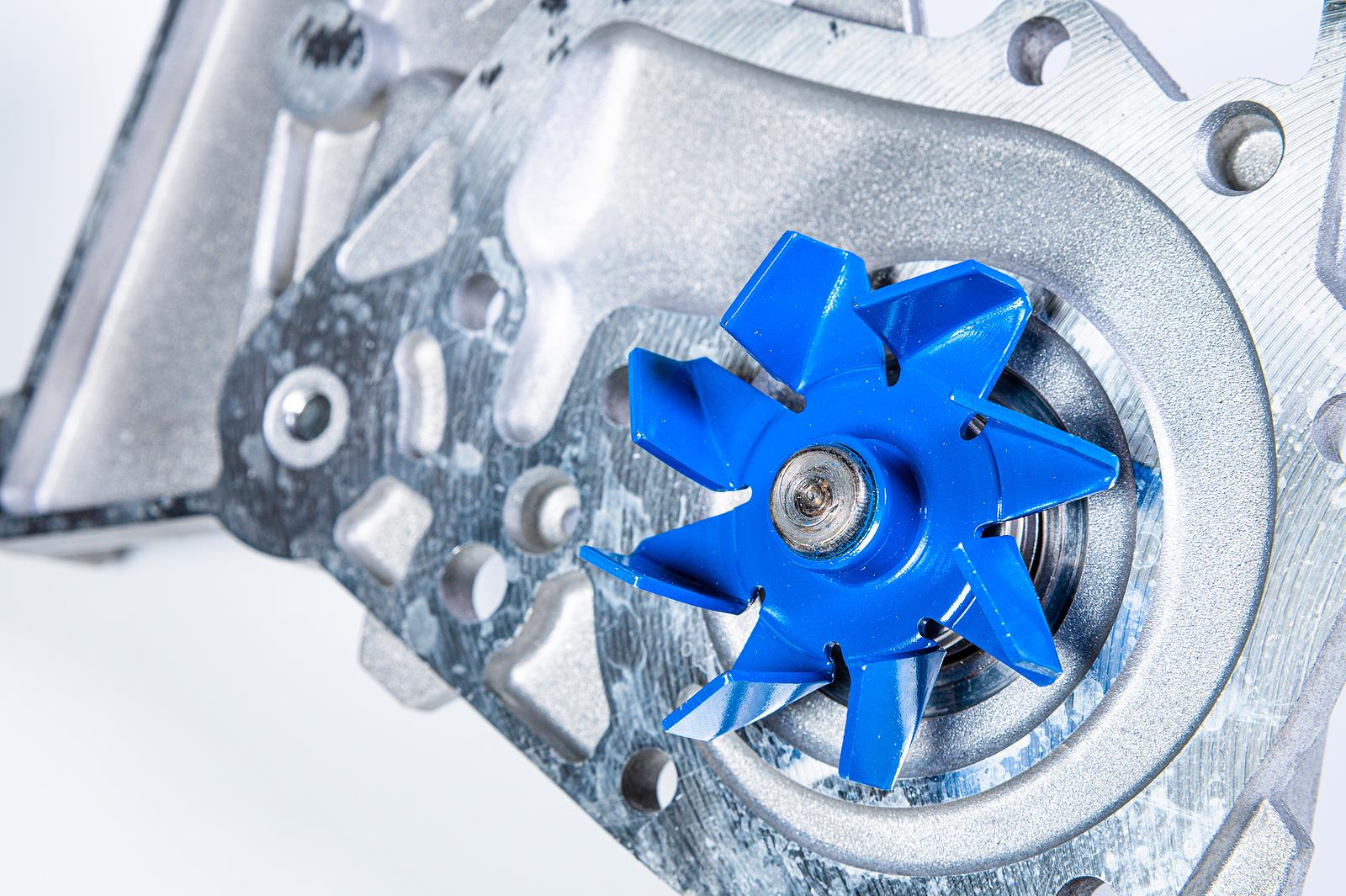
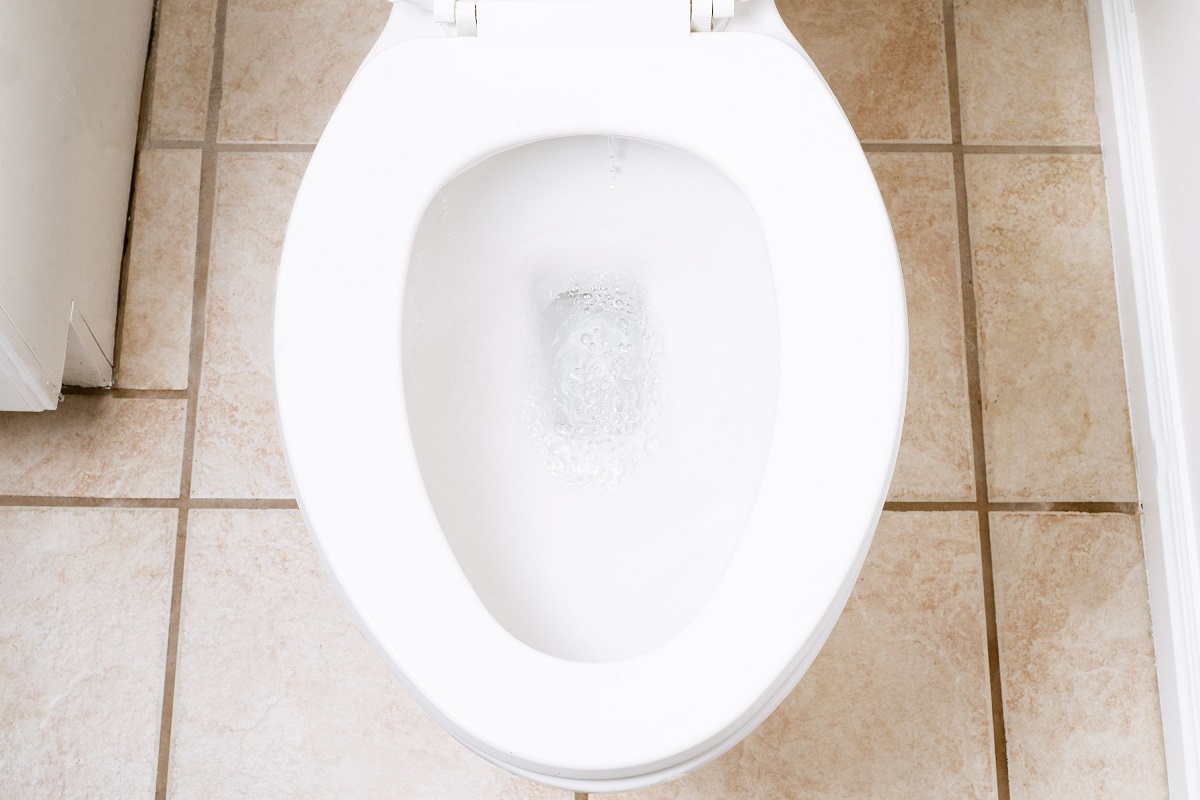
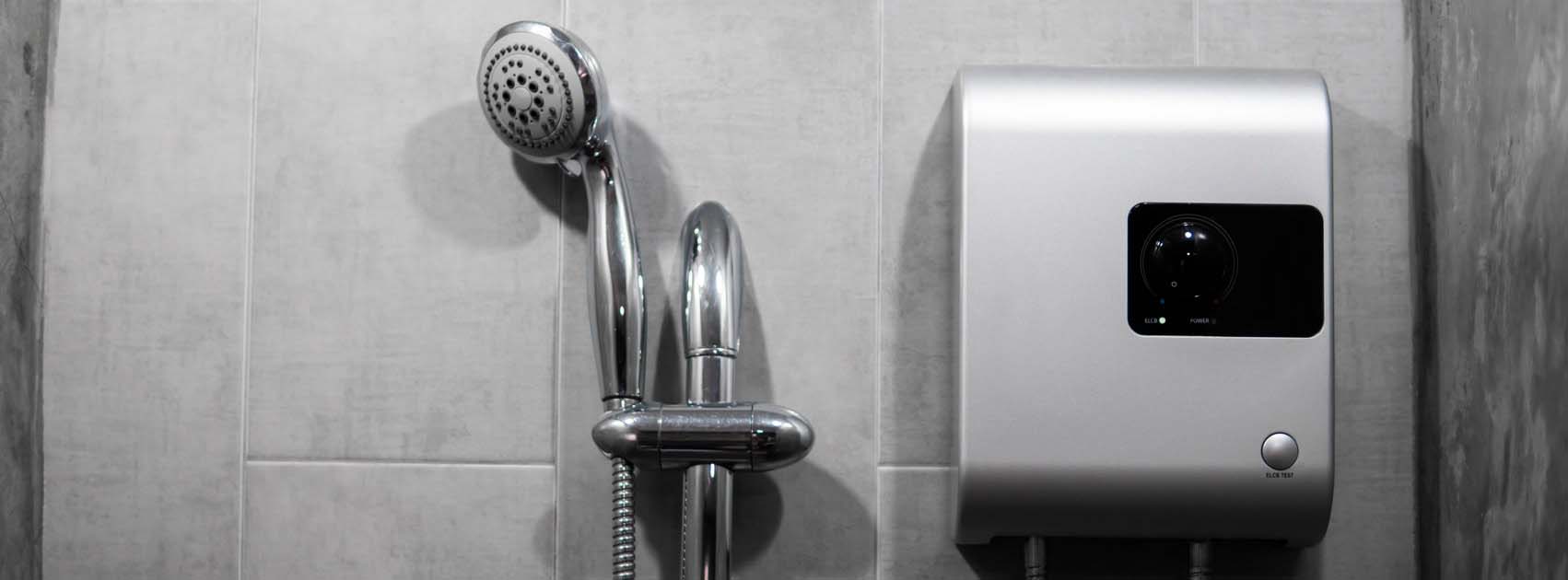

0 thoughts on “What Causes Water Heater Thermostat To Trip”